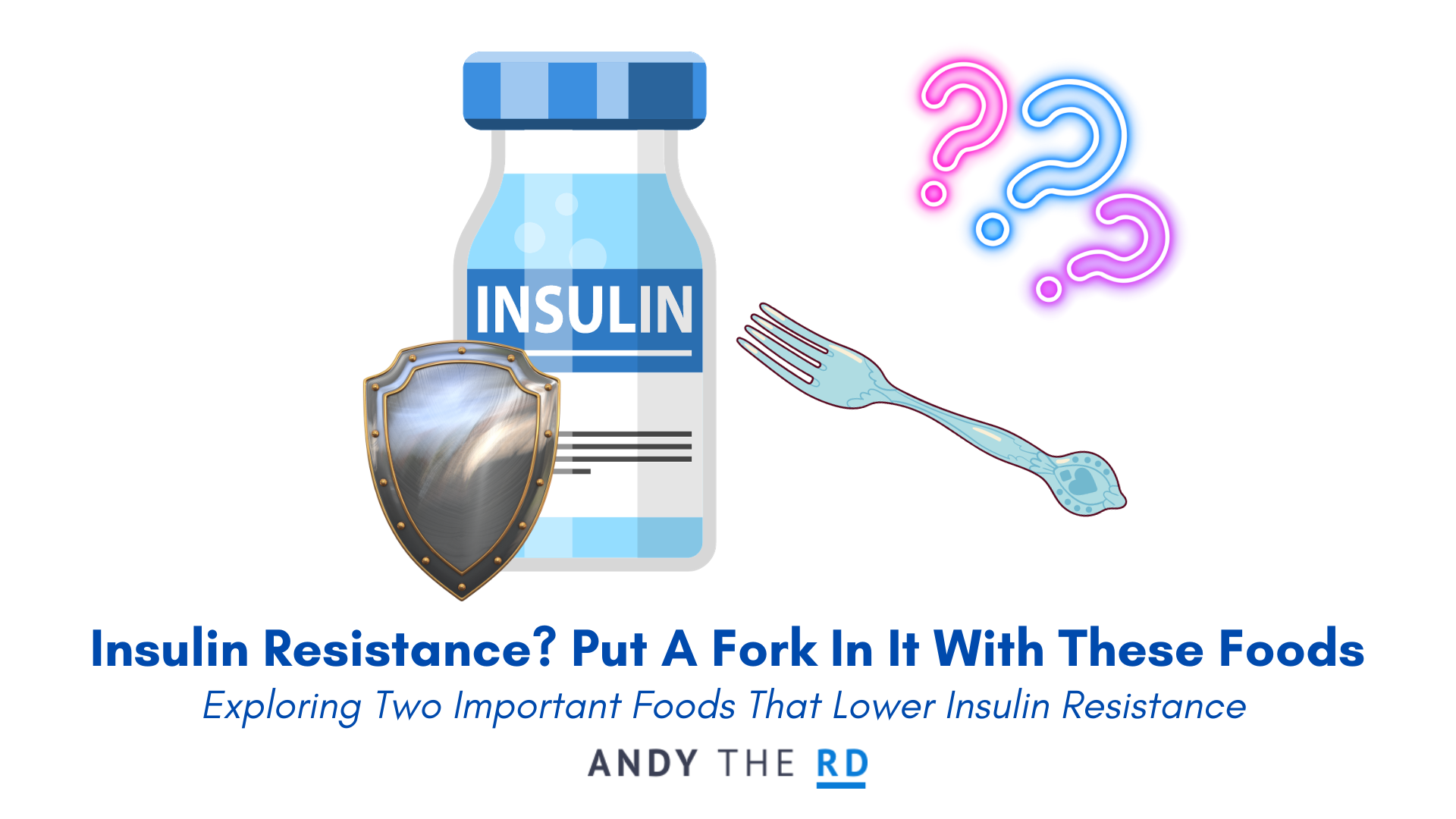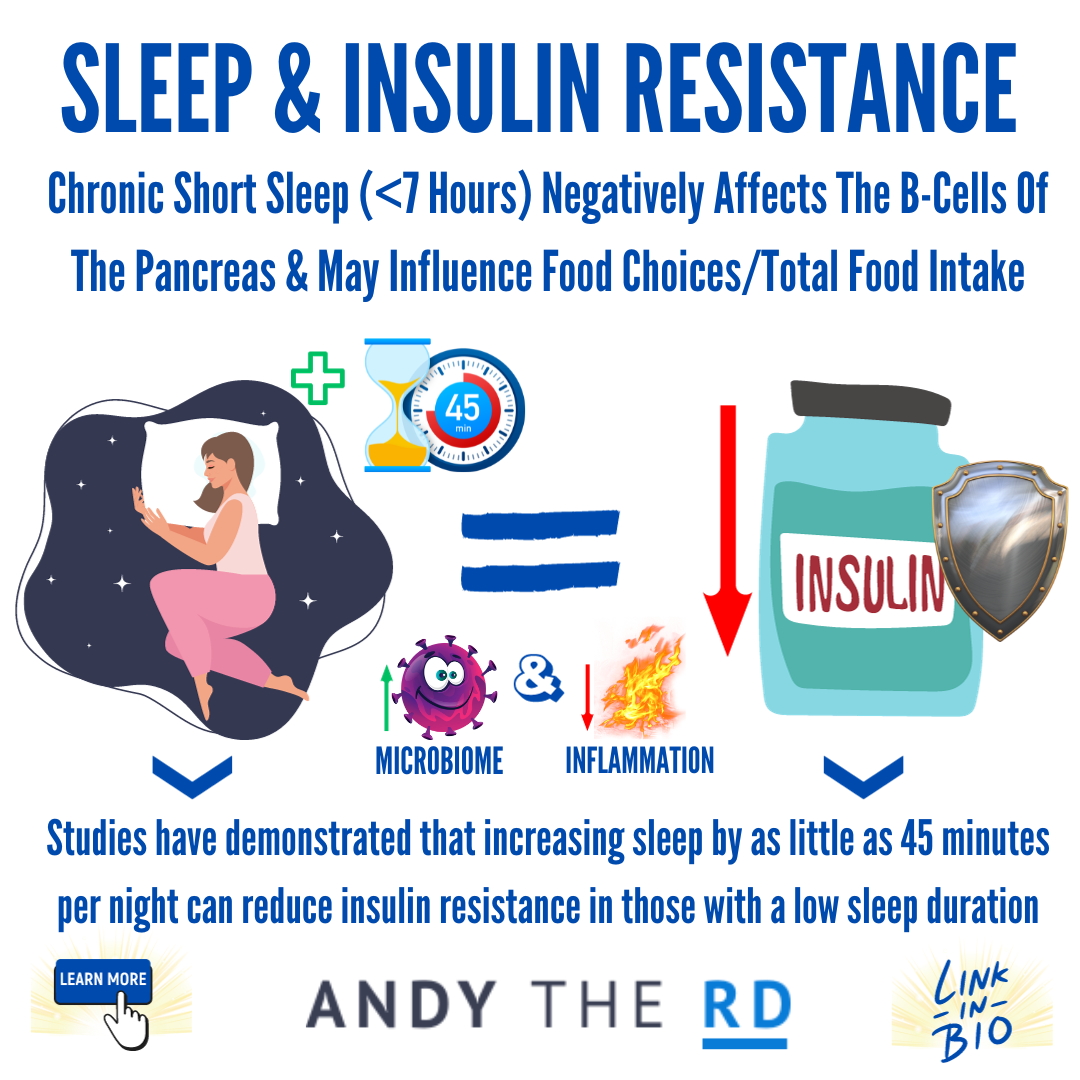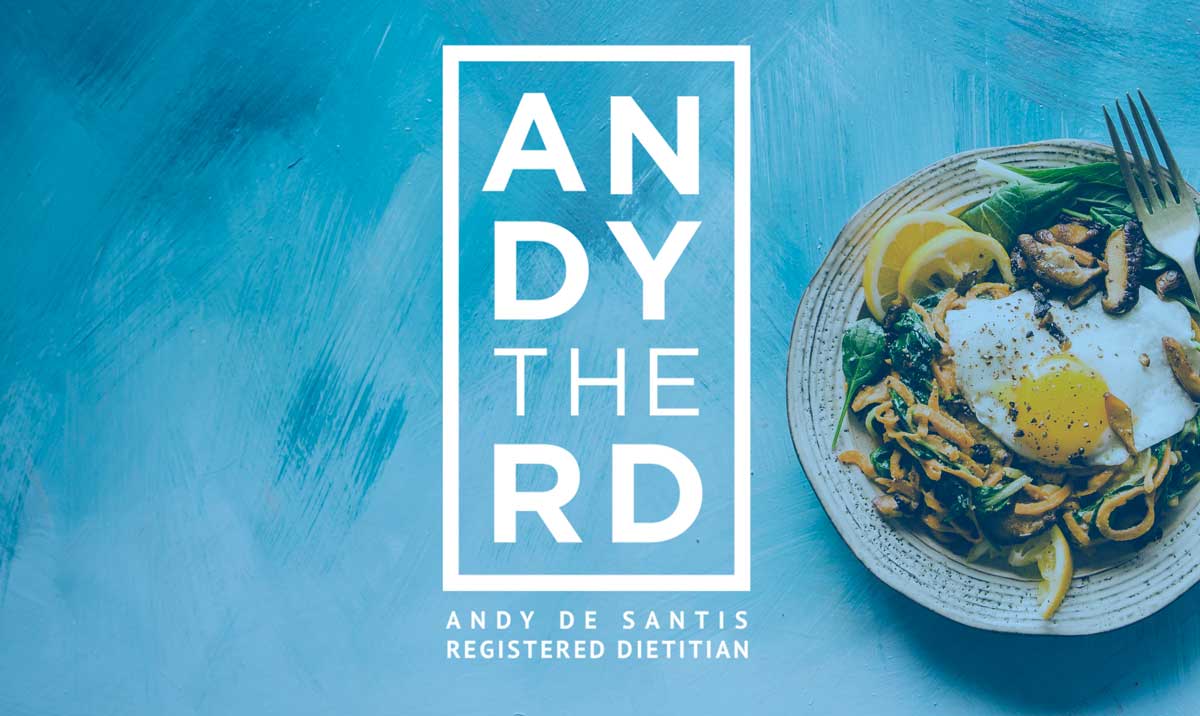Hello everyone!
Today my student writer Abby Webber will be taking us on a journey into the world of insulin resistance, offering some practical insights into how you can better utilize specific dietary components to improve your insulin sensitivity and overall health.
Let’s find out what some of the best foods to reduce insulin resistance are!
Insulin Resistance And Your Diet
By Abby Webber with review and revision by yours truly
Insulin is a hormone produced by the pancreas and plays a crucial role in regulating blood sugar levels and a number of other important bodily functions.
Insulin resistance, a term you may be familiar with, means that one’s body does not respond the way it should to insulin at the cellular level, which can affect cells ability to absorb and metabolize blood sugar.
While individuals with insulin resistance may not show obvious physical symptoms, it can present in some cases as acanthosis nigricans (darkening of the skin in skin fold areas).
Insulin resistance is also strongly associated with a wide variety of health concerns including:
- PCOS
- Fatty Liver Disease
- Pre/Type 2 Diabetes
- Heart Disease [ Cholesterol, Blood Pressure]
- Inflammation
If you are living with or at risk of any condition above, know that the foods I’m about to discuss next have a significant potential to improve your health.
That’s because dietary choices are a primary factor contributing to insulin resistance, especially in aging populations, but luckily insulin resistance can be reversed with diet and lifestyle modifications.
The goal of today’s article is to explore two under consumed families of foods that can help you fight back against insulin resistance and improve insulin sensitivity at a cellular level.
Let’s dive in.
Group #1 – Tree Nuts
Nuts are perhaps most well known for containing large amounts of “healthy fats”.
For those who cannot eat nuts, similar foods like seeds, olives and avocado also have fats with a similar profile.
The Journal of Geriatric Cardiology and the American Journal of Clinical Nutrition both found that when people include a little bit more fat from foods like nuts and a little bit less animal fat or carbohydrate, their insulin resistance improves.
In fact, it is possible that shifting your towards more of these types of fats could positively influence insulin resistance in as little as a month.
There are many explanations for this including nuts uniquely high content of magnesium, Vitamin E, polyphenols and monounsaturated fats too.
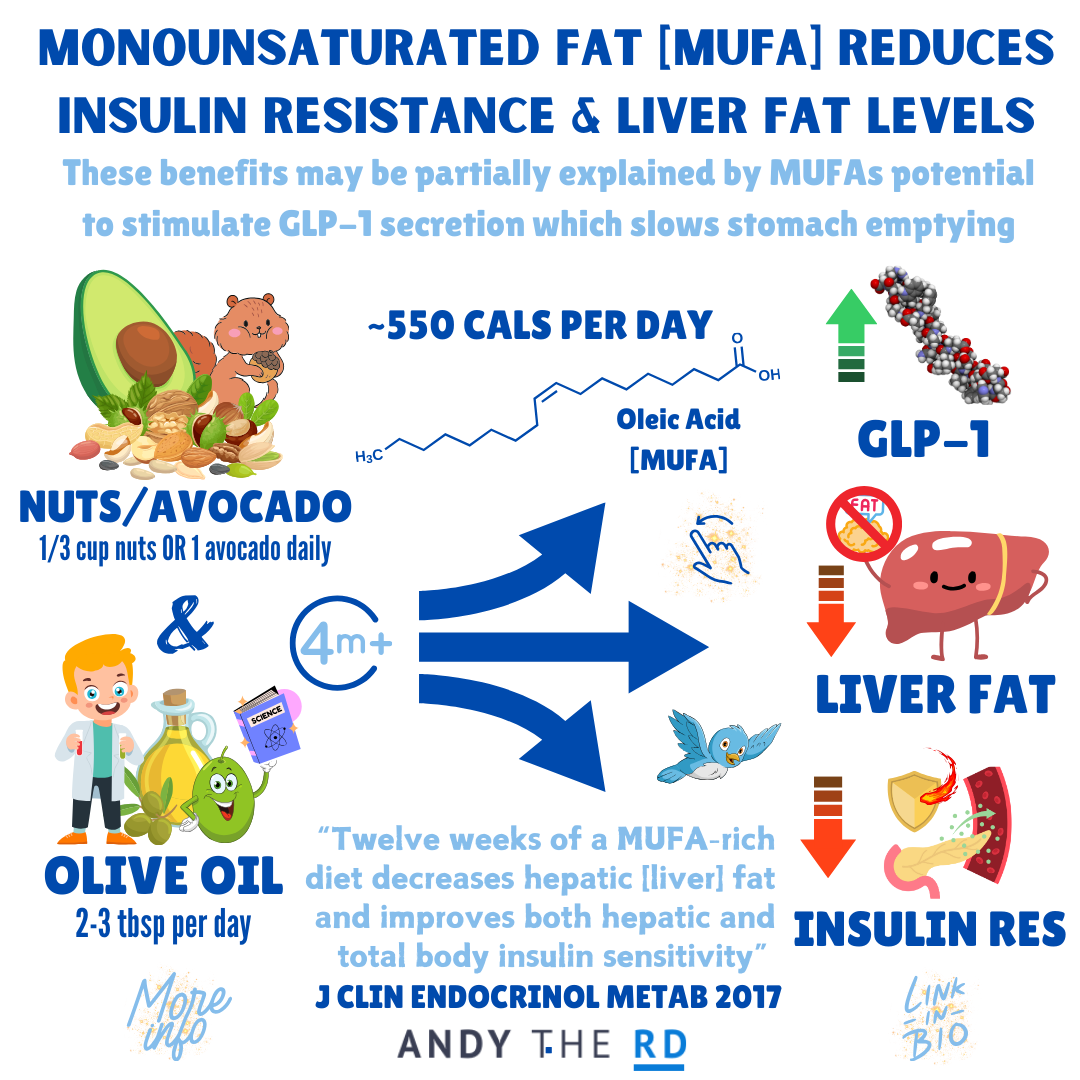
Another unique type of dietary, known as ALA, may actually reduce insulin resistance by interacting with your genetic material and changing the expression of genes related to insulin sensitivity.
Pretty cool right?
The nut with the most ALA, by the way, is walnuts.
Flax, chia and hemp seeds are also very high in this uniquely beneficial compound.
Andy’s Recommendation – Consume 1/3 cup ( ~50 grams) of nuts daily to make the most of their health benefits.
Group #2 – Pulses [Legumes]
The term pulses refers to foods like lentils, chickpeas, kidney beans, black beans and related foods.
If you’ve read any of Andy’s writing, you’ll know he considers this family foods (also known as legumes) as the most underrated food group.
You’re about to find out why!
According to the European Journal of Nutrition, pulse intake over the long-term was shown to help regulate blood sugar levels and reduce insulin resistance.
The combination of soluble and insoluble fiber, along with the presence of protein and lipids, prolongs gastric transit, slowing the entry of food into the small intestine and reducing the impact of any meal including pulses on blood sugar levels.
The significant amount of fibre they include also undergoes fermentation by bacteria in the gut to generate short-chain fatty acids, compounds that contribute positively to blood sugar management and insulin sensitivity.
If you are struggling to decide which one to include first, there is some interesting evidence suggesting that lentils may be the most potent pulse in terms of helping with blood sugar management – so you could always start there.
Andy’s Recommendation – Consume a minimum of 1/4 to 1/2 cup of cooked/canned pulses ( 42.5-85 grams) daily to make the most of their health benefits.
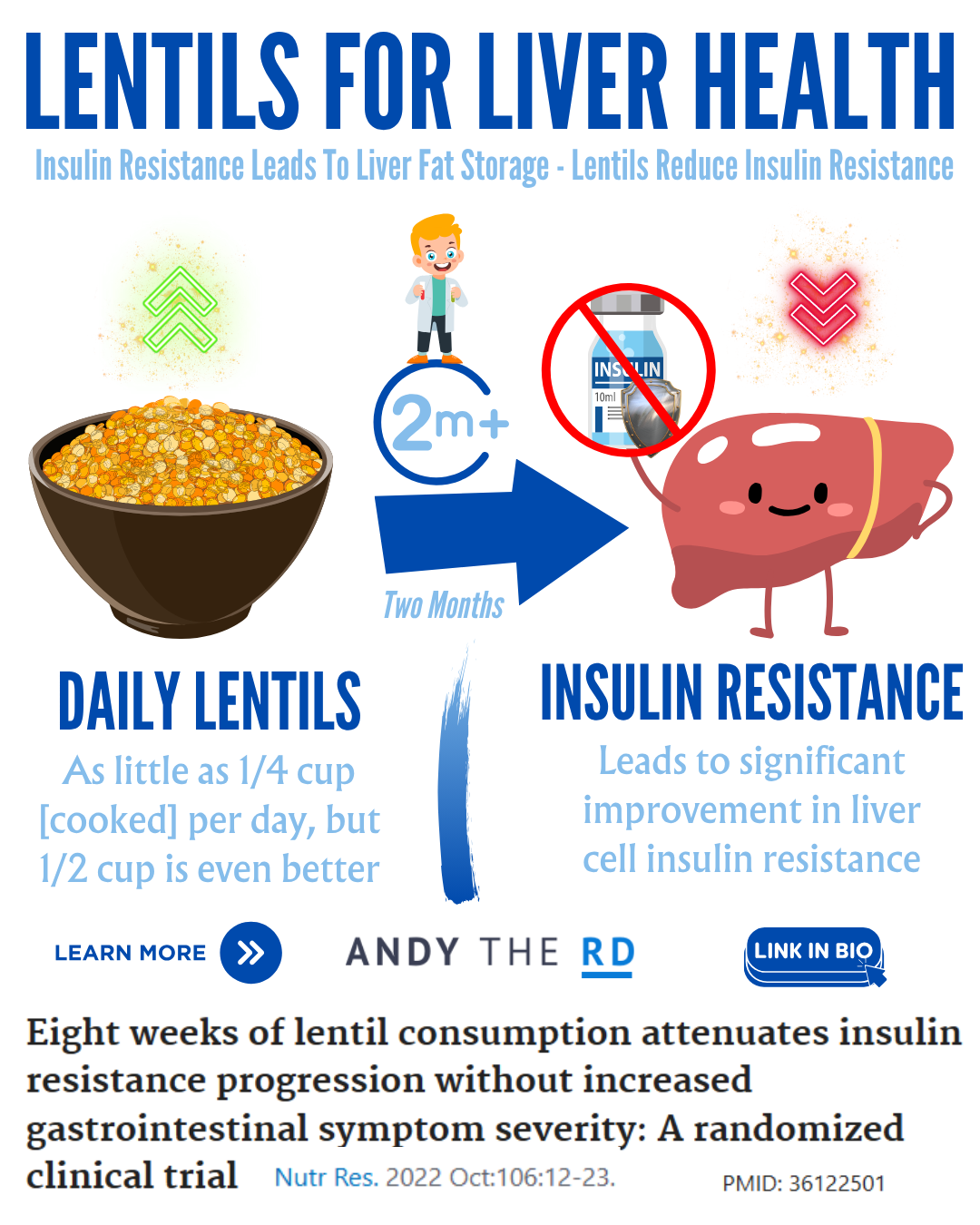
Need Help Lowering Insulin Resistance?
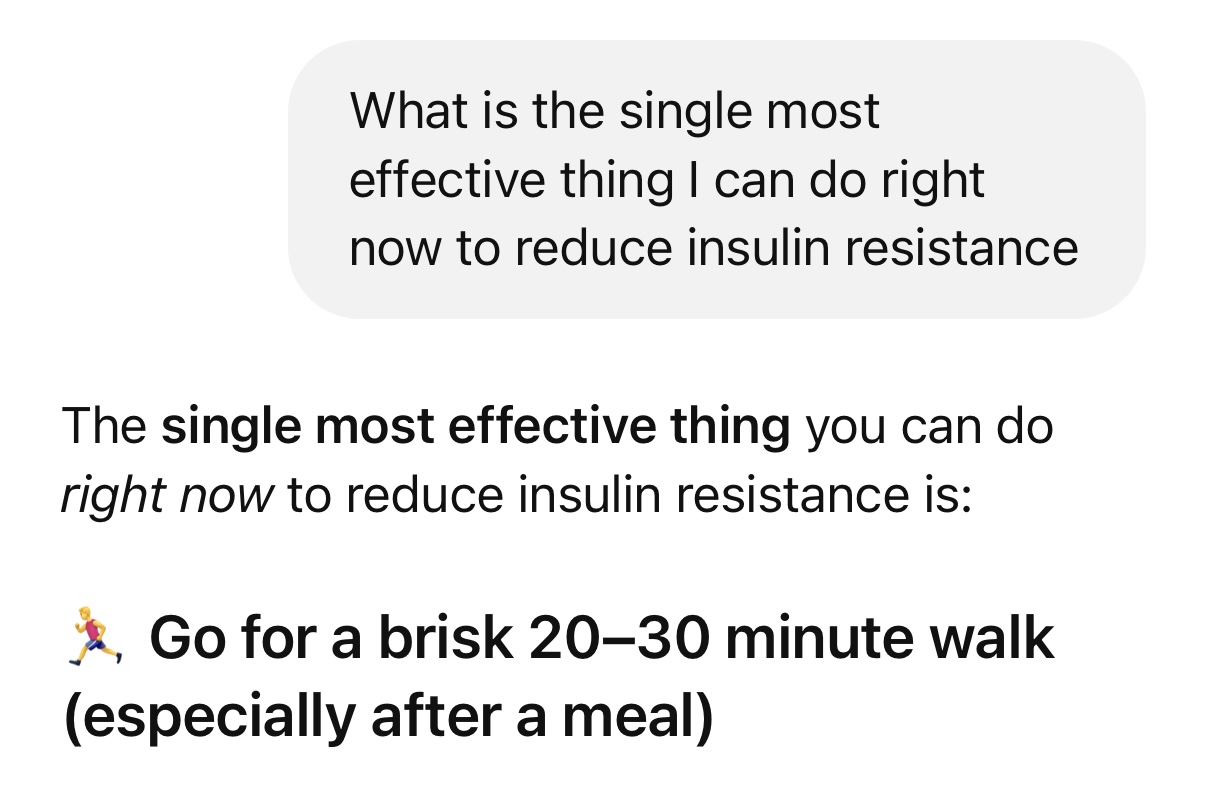
Andy here!
A big shout out to Abby’s work in putting this article together.
She has done an exceptional job in demonstrating and justifying the two food families with incredible potential to reduce insulin resistance and inevitably help improve any condition associated with it.
I also want to add in something important.
Both pulses and nuts are under consumed by many people, because it is common for the average person to lack the crucial balance between plant and animal protein intake.
So if reading today’s article was a reality check for you, know that you aren’t alone.
If you are looking for personalized help from a dietitian to help you utilize better nutrition fight back against insulin resistance, let’s chat.
Thank you for your amazing work Abby!
Sleep And Insulin Resistance
In case you missed it, Abby also wrote an exceptional piece exploring the role of good sleep in improving insulin resistance.
Click through the graphic below to learn more!
More Foods For Insulin Resistance


